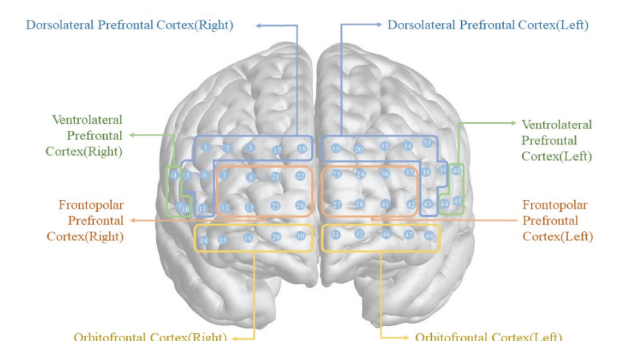Abstract
The purpose of this study was to investigate and analyze fNIRS data according to mathematical representations of 6th grade elementary school students, and to obtain meaningful results in relation to mathematical representations by classifying them by academic achievement and cognitive style. The test is consisted of solving addition, subtraction of fractions using visual, verbal and numeric representation. Based on an achievement test and a cognitive style test, 36 students were classified into a high group and a low group by academic achievement, and into a visualizer group and a verbalizer group by cognitive style. Brain activity data were collected for each group. Regardless of academic achievement and cognitive style, students were most familiar with mathematical problems expressed in numerical representations. The students with low academic achievement showed more active prefrontal activity when solving mathematical problems of visual representation and verbal representation. The visual representation group showed significant activity in the prefrontal cortex when solving problems with visual representations. This study shows that various representations into numeric representations are needed to convert. It is effective to use more than one representation for students with low academic achievement.
Figures & Tables



